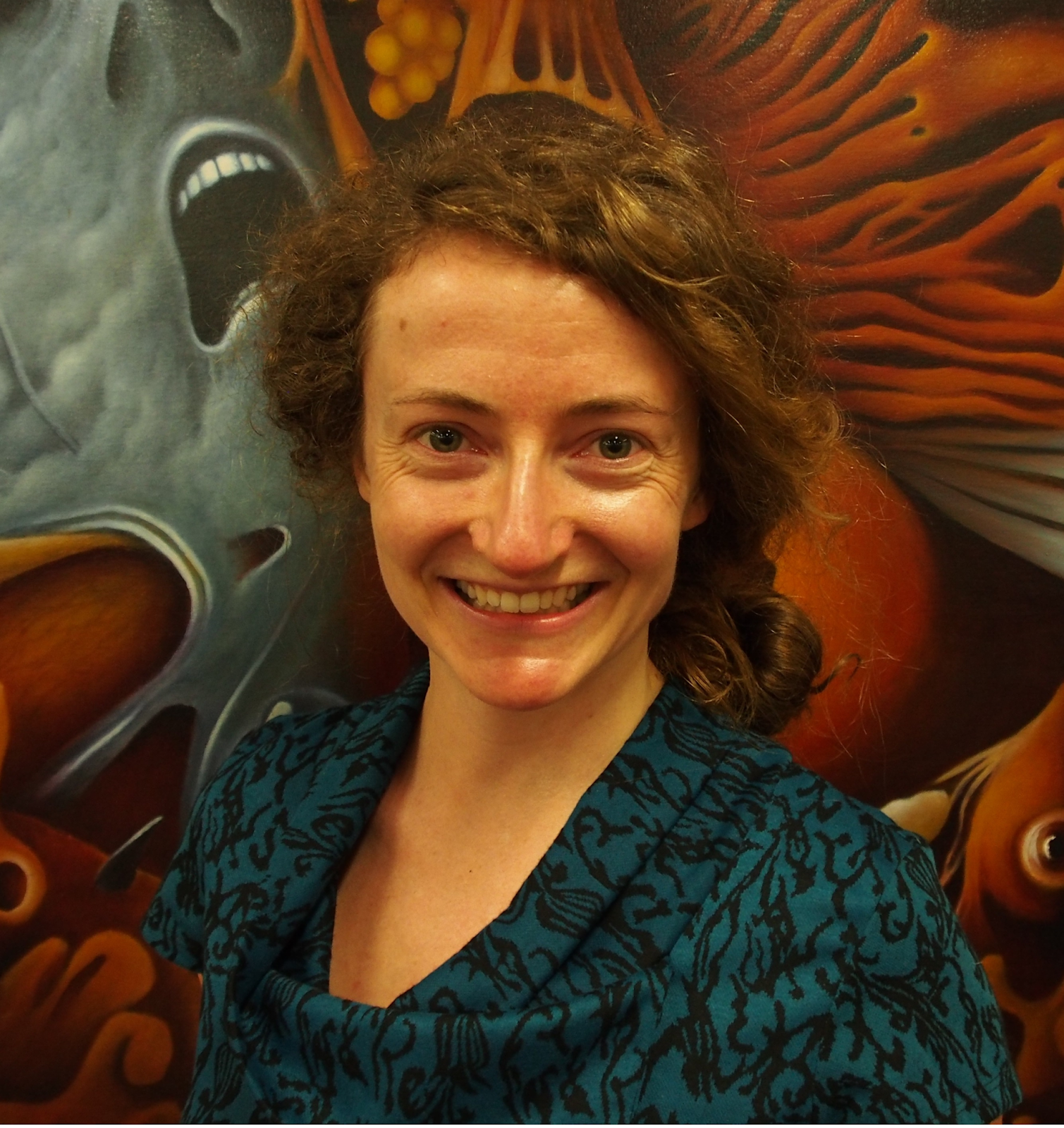


It’s good to get to know the people behind the research we read; their interests, their lives outside of work and their research passions. With this in mind, Dr Fiona Hawke chats with Associate Professor Pete Lazzarini, Principal Research Fellow (podiatry) at Queensland Health & Queensland University of Technology, Brisbane.
My areas of research are mostly around estimating disease burdens, identifying new risk factors, and developing new treatments for diabetes-related foot disease (DFD).
I’m lucky enough to be a full-time Research Fellow based at The Prince Charles Hospital and Queensland University of Technology in Brisbane.
So far our estimating disease burden work has been our main research area that has changed practice. For example, we found DFD is a top-10 cause of the global disability burden and any increases in implementing evidence-based care is cost-effective to reduce this burden. This led to some governments investing more in DFD services to tackle their DFD burden.
Otherwise, our identifying new risk factor work may soon also change practice. For instance, we recently found people with DFD that were diagnosed with type 2 diabetes at younger ages seem to have worse DFD outcomes. If we confirm this in other countries, then age-at-diabetes-diagnosis may just be included in future DFD classification systems that help clinicians predict DFD outcomes.
Lastly, our new treatment work also shows promise to change practice in the longer-term, such as by using sensors to track patient’s adherence to using offloading devices, mobile phone apps that flag if patient’s DFD is getting worse, and lighter 3D-printed offloading devices that can change in response to higher plantar pressure.
It’s pretty boring for most, but I was fascinated by how little recognition DFD got for a condition that seemed to fill a lot of hospital beds. That led me into my PhD which was about investigating the proportion of inpatients that were in hospital because of DFD and how that compared to other diseases.
We’ve known for decades that DFD is the leading cause of amputations, but now we know that DFD is also a leading cause of hospitalisation, disability, and healthcare costs. In fact, DFD affects around 2% of the world’s population, 2% of all hospitalisations, 2% of the disability burden and 2% of healthcare costs. And, if all DFD patients got evidence-based care we could halve those burdens to about 1%.
The big change I’d like to see is governments providing research funding for conditions that are proportionate to the disease burden the conditions cause. For example, DFD causes about 2% of the nation’s disease burden, but receives less than 0.01% of the nation’s health research funding. If we are to truly reduce Australia’s large DFD burden we really need to close this gap in research funding.
There’s been many people that have helped shape my research career. I’ve been particularly inspired by Australian podiatry researchers that have tackled broad health conditions, such as Professors Hylton Menz and Josh Burns, and of course the global pioneers of DFD research, such as Professors David Armstrong and William Jeffcoate. But perhaps my biggest mentors are long serving podiatrists, such as Ewan Kinnear and Barry Matthews who have a wonderful knack of bringing me back to: ‘How will this research benefit patients, clinicians, and policy-makers on the ground?’.
The best parts are discovering new knowledge and then thinking around how that new knowledge may impact patient, practice, and policy outcomes. Otherwise, the real privilege of being a researcher is the opportunity to help develop new treatments to help patients, clinicians, and policy-makers.
Apart from needing more time and funds, the large volume of paperwork that’s needed to actually start a research project can be pretty challenging – such as grant and ethic applications. Otherwise, routinely handling the rejection of unsuccessful grants and articles can be tough but it gets easier with experience.
Get a taste of research and see if you like it, such as by helping collect data or managing a small research project. There’s a lot of great stuff to do in research, but there’s also a lot of boring hard work stuff as well. I often say to potential PhD students, if you can’t see yourself doing your research on a Saturday night when all your mates are out having fun, then perhaps that research is not for you. On the bright side though, that means you haven’t wasted years on a PhD and many Saturday nights.
Family, holidays and footy. I have a wonderful wife and two teenage kids who keep me on my toes. We are also lucky enough to have a couple of beach holidays each year which helps recharge our batteries. Otherwise, one of life’s little pleasures for me is wandering down to my local footy club on a Saturday arvo, sitting on the hill with a few beers and watching footy. I can watch footy all day if you let me.
I would have loved to have played NRL, but unfortunately talent let me down. My dream job would probably have been as an NRL analyst, but in reality if I didn’t do podiatry I would probably have been a teacher as my parents were teachers and it’s something I enjoy.
My career goal is to help end amputations by the time I retire. What that looks like in the next few years is doing more research investigating the global DFD burden and finding new ways to reduce that burden. I dare say some of that time will be spent investigating DFD in younger-onset type 2 patients to identify what’s accelerating their DFD and how we can help prevent it. Regardless, I’ll be analysing a lot of footy in some shape or form, just to perhaps finish on a bad pun.
© Copyright 2021 The Australian Podiatry Association
